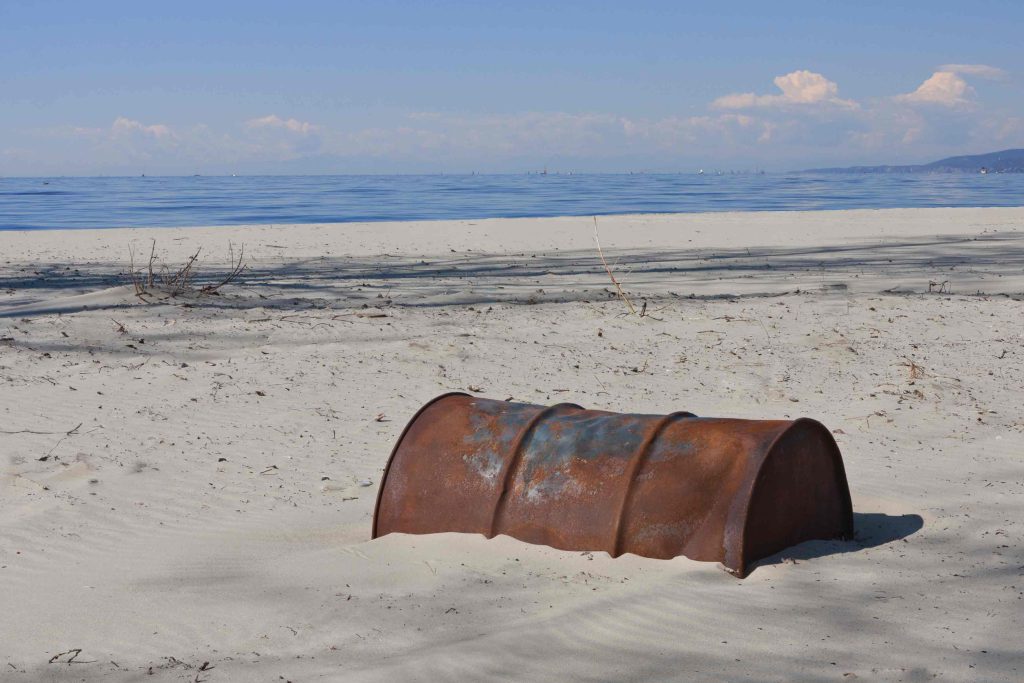A report from Carbon Tracker (a London based non-profit) points out that Solar and wind have the potential of creating thousands of Petawatt hours of electricity a year, while current electricity demands stand at just 27PWh.
More crazy still is the space that it would take to get all our electricity from Solar. It would take 450,000 square km, which sounds like an insane amount of land. However, this is just 0.3% of land and significantly less than the land currently given over to the Fossil fuel industry. Given that much of our energy needs will come from wind, this is likely to be significantly lower. Another analysis suggests just 0.2% of land for solar, with 0.5% covered in wind turbines.

Another potential source of renewable energy is tidal power, and this appears to be gaining speed. Some look on tidal power as bad for the environment, and in places it may well be. Tidal lagoons can take up significant space that would otherwise be natural habitat. Never-the-less in many places, such as alongside islands, the tidal water is funnelled into small and incredibly rapid moving water channels. In these, it is possible to put turbines just as you do to catch wind or river energy. Now it is true that sea water is more corrosive, which means that it is hard to design, as well as the constant pressure from the current flowing past (the reason the turbine is there). Having said that, this also has its advantages. A tidal turbine delivers electricity at specific times of the day with complete reliability. Furthermore, due to the denser water compared to the air above, there is significantly more energy in the moving water compared to the air. Further more, any energy that comes from tidal energy reduces the needs from Solar and wind
It is entirely conceivable that by 2035 fossil fuels are completely priced out of the electricity generation market. Further more, mixing something like tidal power with a huge battery, has the capacity to replace baseload power. That is because, between the two, we could rely on them to constantly supply power day and night. It is almost certain that by 2050, renewables could eliminate the need for fossil fuels all together.
Many jobs that fossil fuel companies hire for, have transferrable skills that could also be highly valuable in the renewable market, so this should not be an issue of joblessness, merely the companies themselves – many of which are not trying to adjust to the world that we will be living in, are likely to go bankrupt. At the current time, far to much of the worlds investments are therefore at risk because they will become almost worthless when the transition is complete.











